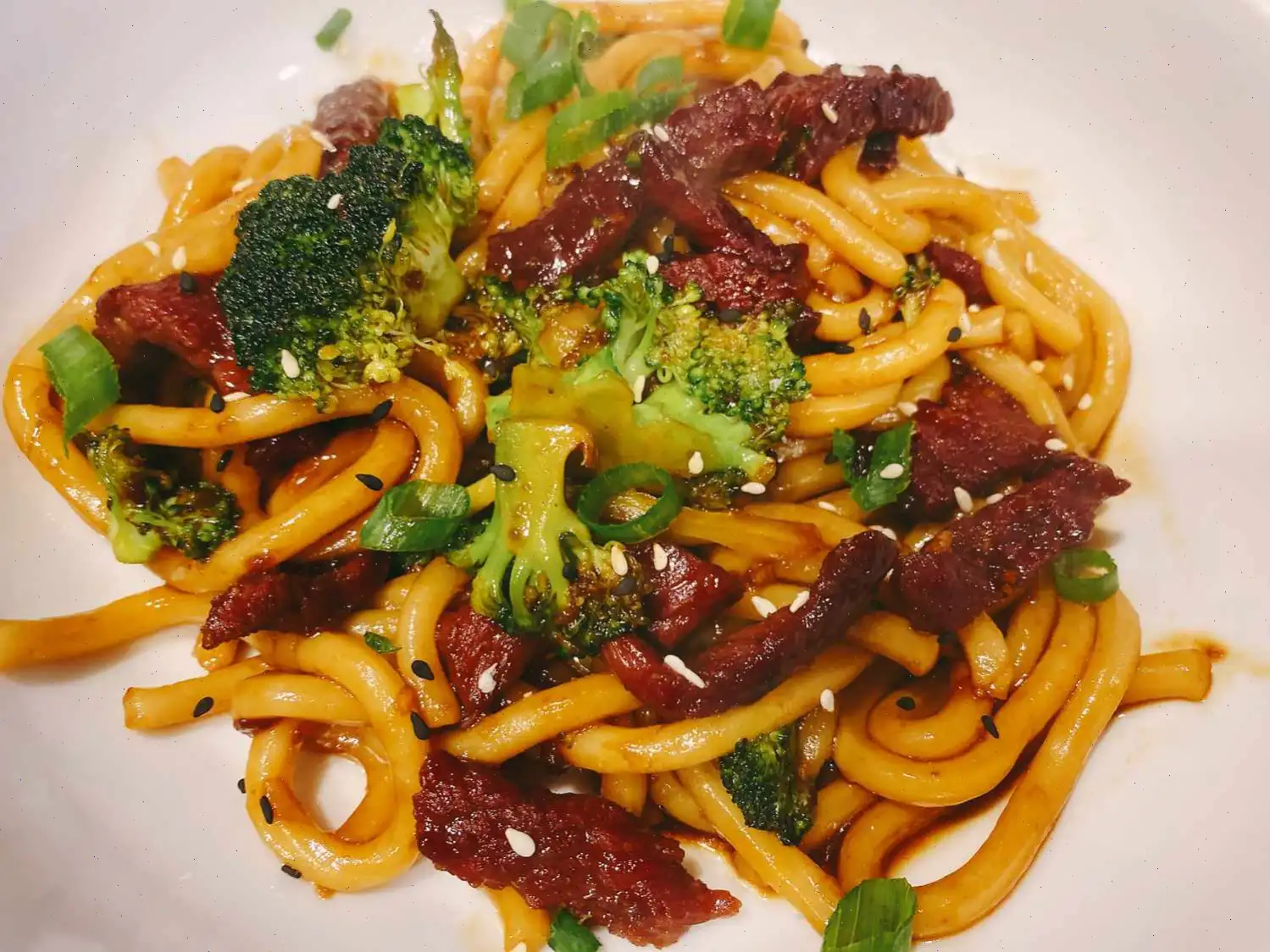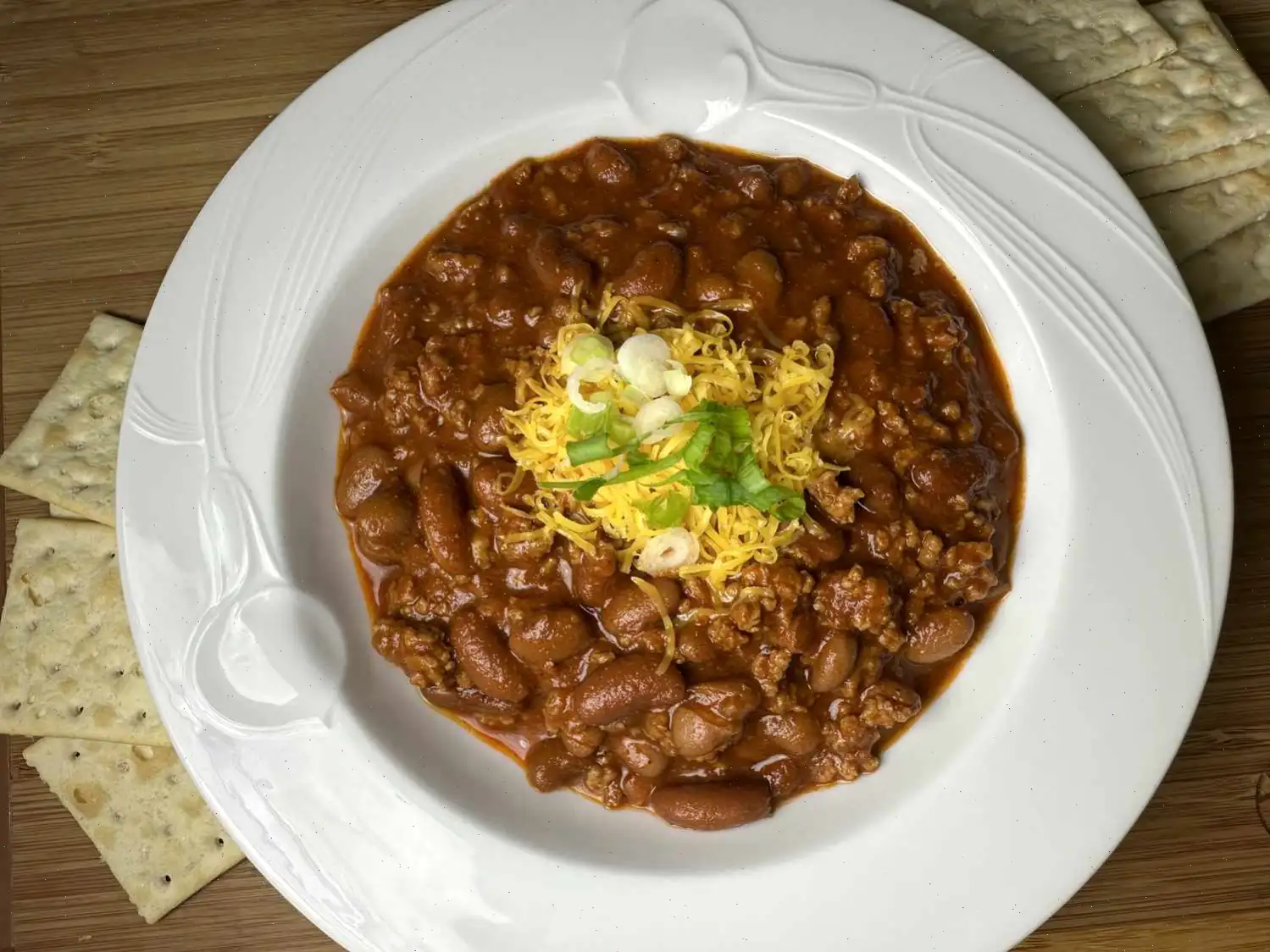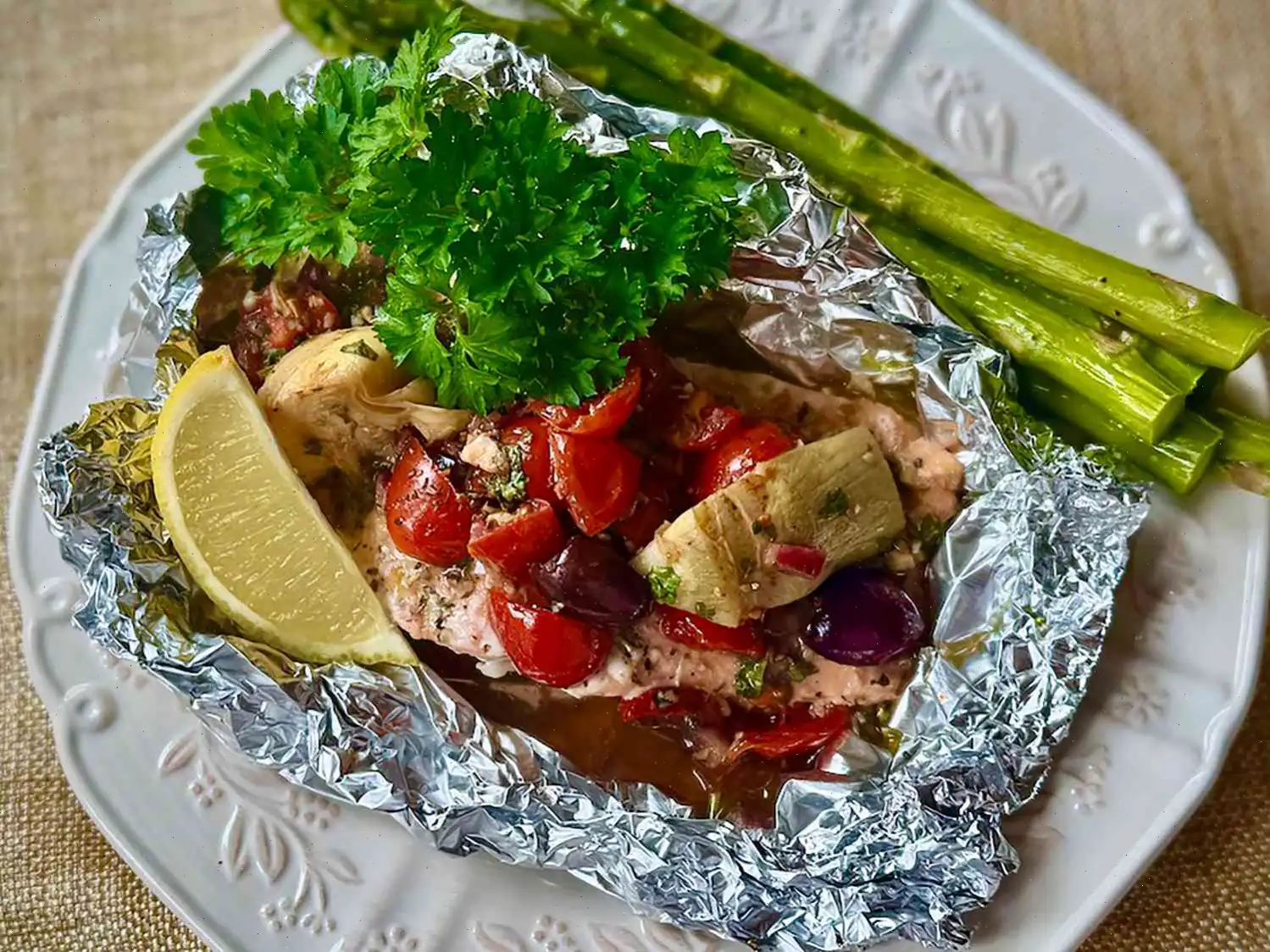
Beef and Broccoli Udon Noodles Recipe
This delicious recipe for beef and udon noodles in a savory sauce, complemented with fresh broccoli, is a perfect balance of flavors and textures. Enjoy it for a satisfying dinner thats quick and easy to prepare.
Ingredients
- Marinade:
- 2 tablespoons sesame oil
- 1 tablespoon cornstarch
- 1 tablespoon soy sauce
- 1/2 teaspoon salt
- 1/4 teaspoon baking soda
- 1/2 pound flank steak, sliced against the grain, 1/4-inch thick
- Sauce:
- 3 tablespoons mirin
- 3 tablespoons water
- 3 tablespoons soy sauce
- 1 tablespoon dark soy sauce
- 1 tablespoon sweet soy sauce
- 1 tablespoon oyster sauce
- 1 tablespoon rice vinegar
- To Cook:
- 1 head broccoli, broken into bite-sized florets
- 20 ounces jumbo udon noodles
- 3 cloves garlic, minced
- 1 (1/2-inch) piece fresh ginger, minced
- 2 green onions, sliced
- 1 teaspoon black sesame seeds
- 1 teaspoon toasted sesame seeds
Directions
Follow these simple steps to make your delicious beef udon dish:
- Marinate the steak: In a medium-sized bowl, whisk together the sesame oil, cornstarch, 1 tablespoon soy sauce, salt, and baking soda. Add the sliced flank steak to the bowl, ensuring it is evenly coated with the marinade. Let it sit for 10 minutes to marinate.
- Prepare the sauce: In a small bowl, whisk together the mirin, water, soy sauce, dark soy sauce, sweet soy sauce, oyster sauce, and rice vinegar. Set this sauce aside for later use.
- Cook the steak: Heat a wok over medium-high heat. Once hot, add the marinated steak and stir-fry for 3-4 minutes, or until the steak is caramelized and browned. Remove the steak from the wok and set it aside to keep warm.
- Steam the broccoli: In the same wok, add the broccoli florets with a small amount of water. Cover the wok with a lid and steam the broccoli for about 5 minutes, until it turns bright green and tender.
- Cook the udon noodles: While the broccoli is steaming, bring a large pot of lightly salted water to a boil. Add the udon noodles and cook for 2-3 minutes, or until they are tender yet firm. Drain the noodles and set aside.
- Combine ingredients: Add the minced garlic and ginger to the wok with the broccoli. Return the cooked steak to the wok. Stir everything together to combine the flavors.
- Add noodles and sauce: Add the cooked udon noodles and the prepared sauce into the wok. Toss everything together until well coated and heated through.
- Garnish and serve: Sprinkle the dish with sliced green onions, black sesame seeds, and toasted sesame seeds for an added crunch and flavor. Serve immediately and enjoy!
Nutrition Facts (per serving)
- Calories: 383
- Fat: 13g (17% DV)
- Saturated Fat: 3g (16% DV)
- Cholesterol: 45mg (15% DV)
- Sodium: 1805mg (78% DV)
- Total Carbohydrates: 41g (15% DV)
- Dietary Fiber: 5g (17% DV)
- Total Sugars: 10g
- Protein: 24g (48% DV)
- Vitamin C: 62mg (69% DV)
- Calcium: 91mg (7% DV)
- Iron: 3mg (18% DV)
- Potassium: 681mg (14% DV)
The History and Cultural Significance of Beef and Broccoli Udon Noodles
Beef and Broccoli Udon Noodles is a modern fusion dish that combines traditional Chinese stir-fry techniques with Japanese noodle culture. The origin of the dish can be traced back to Chinese-American cuisine, where Chinese immigrants adapted their native dishes to suit local tastes in the United States. The addition of udon noodles, thick and chewy wheat-based noodles from Japan, represents a creative twist that bridges two rich culinary traditions, making the dish both familiar and innovative.
Regional Variations and Distinctive Features
While the core elements of beef and broccoli are common across Chinese and Chinese-American cuisines, regional variations often influence flavor and texture. In the United States, the dish typically features a sweet and savory soy-based sauce with hints of oyster sauce and sesame oil, whereas in Asia, lighter versions with more ginger, garlic, and a subtle soy base may be preferred. Incorporating udon noodles gives the dish a hearty and satisfying texture that differs from traditional rice-based or lo mein preparations, offering a unique mouthfeel that appeals to both noodle and stir-fry enthusiasts.
How It Differs from Similar Dishes
Beef and Broccoli Udon Noodles stands apart from classic beef and broccoli dishes or simple stir-fried noodles by its combination of thick udon noodles and a rich, layered sauce. Unlike lo mein, which uses thinner egg noodles, or chow mein, which can be crispy, udon provides a dense, chewy bite that absorbs the sauce beautifully. The dish also balances the savory taste of beef with the slightly bitter freshness of broccoli, creating a harmony not always present in traditional Chinese-American versions.
Typical Settings and Serving Styles
This dish is versatile and can be found in both casual dining and home-cooked settings. In restaurants, it is often served as a main entre with garnishes like green onions, black sesame seeds, and toasted sesame seeds, enhancing its visual appeal and aroma. At home, it is a quick, flavorful option for weeknight dinners, especially for families looking for a nutritious yet comforting meal. Its ability to serve multiple portions makes it ideal for sharing and communal dining.
Interesting Facts and Culinary Insights
- The marinating process, often including cornstarch and soy sauce, helps tenderize the beef and ensures a glossy coating that binds the sauce to the noodles.
- Udon noodles originated in Japan over a thousand years ago, originally consumed as a simple wheat-based staple, before gaining popularity worldwide.
- Broccoli, though a common vegetable today, was introduced to Asia relatively recently and has since become a staple in fusion dishes like this.
- The dish exemplifies the adaptability of Asian cuisines, demonstrating how ingredients and techniques from different regions can combine to create entirely new flavors and textures.
- Adding both black and toasted sesame seeds is not just decorative; they contribute subtle nutty flavors and enhance the dishs aromatic profile.
Overall, Beef and Broccoli Udon Noodles is a testament to culinary creativity, merging East Asian traditions with global tastes. Its rich history, regional adaptations, and unique combination of textures make it a dish celebrated by food enthusiasts around the world.
You can listen to this recipe in AI audio format. Simply click the play button below to listen to the content in a format that suits you best. It’s a great way to absorb information on the go!
FAQ about Beef and Broccoli Udon Noodles Recipe
Comments
Kimberly Carter
01/28/2024 10:37:28 PM
This dish turned out really well! I made a substitution and used chicken instead of beef since I had some chicken that needed to be cooked. I also didn't have any sweet soy sauce on hand, so I used extra amounts of the regular and dark soy sauce instead. This might be why it tasted slightly salty. Once I have sweet soy sauce, I'll definitely make it again.
Joseph Adams
11/23/2022 01:37:56 AM
This dish was absolutely delicious! Both my partner and I thoroughly enjoyed it, especially the rich flavor and tender texture of the beef. The flank steak I used weighed about 3/4 lb, and it turned out to be a perfect balance of meat, noodles, and broccoli. The sauce was incredible, and following the recipe exactly yielded fantastic results. The only adjustment I made was searing the meat over high heat instead of medium-high and adding a little oil before cooking the meat. I also minced the ginger as directed. I will definitely be making this dish again!
Jessica Mitchell
10/27/2022 03:58:00 PM
One of the tastiest Broccoli Beef dishes available here, although I will opt for a higher quality beef cut next time.
Lisa Baker
12/26/2023 03:36:28 AM
Excellent! I substituted tofu and added extra broccoli, which led to a delicious outcome. I didn't have all the recommended soy sauces, but it still tasted amazing. This recipe is now saved as one of my favorites.
Anthony Robinson
02/04/2023 09:38:07 PM
Great product, simple to assemble even with multiple ingredients. I didn't have sweet soy sauce, so I substituted it with Hoisin sauce after looking for alternatives. I should have included a teaspoon of sugar or honey with the Hoisin, but I forgot. I would definitely make this dish again.








